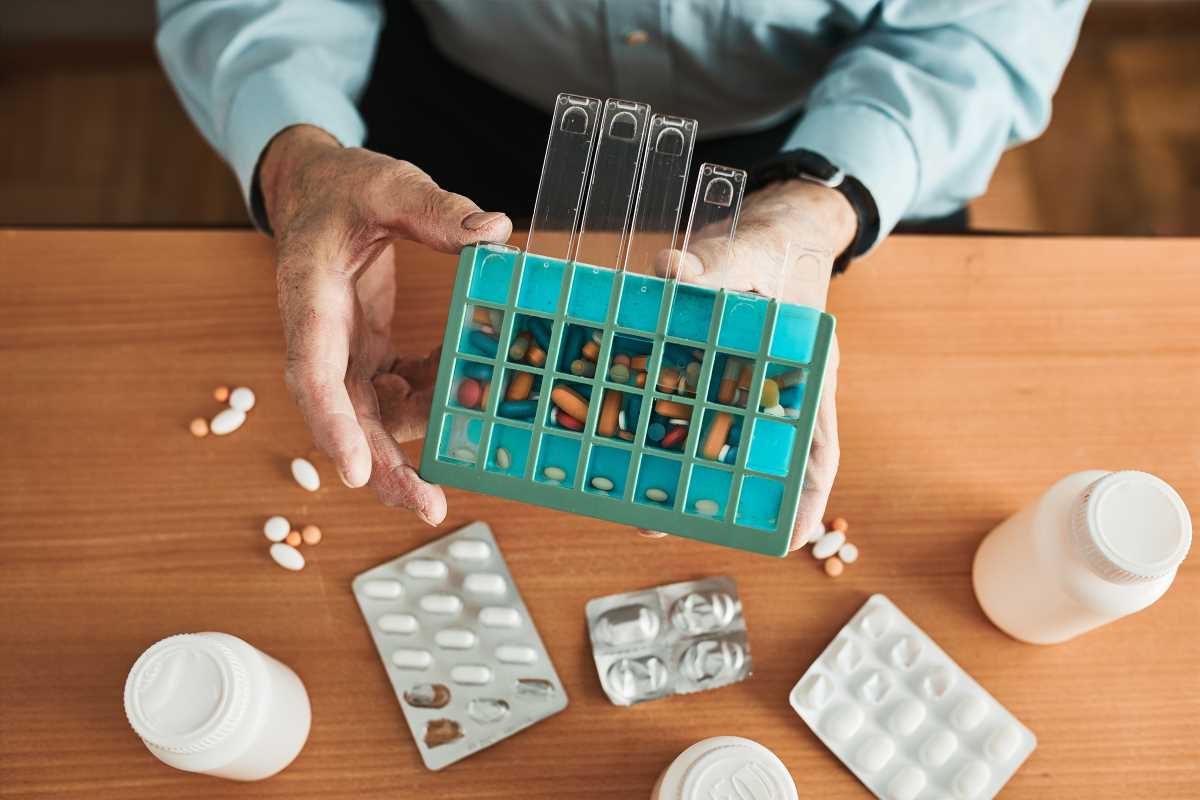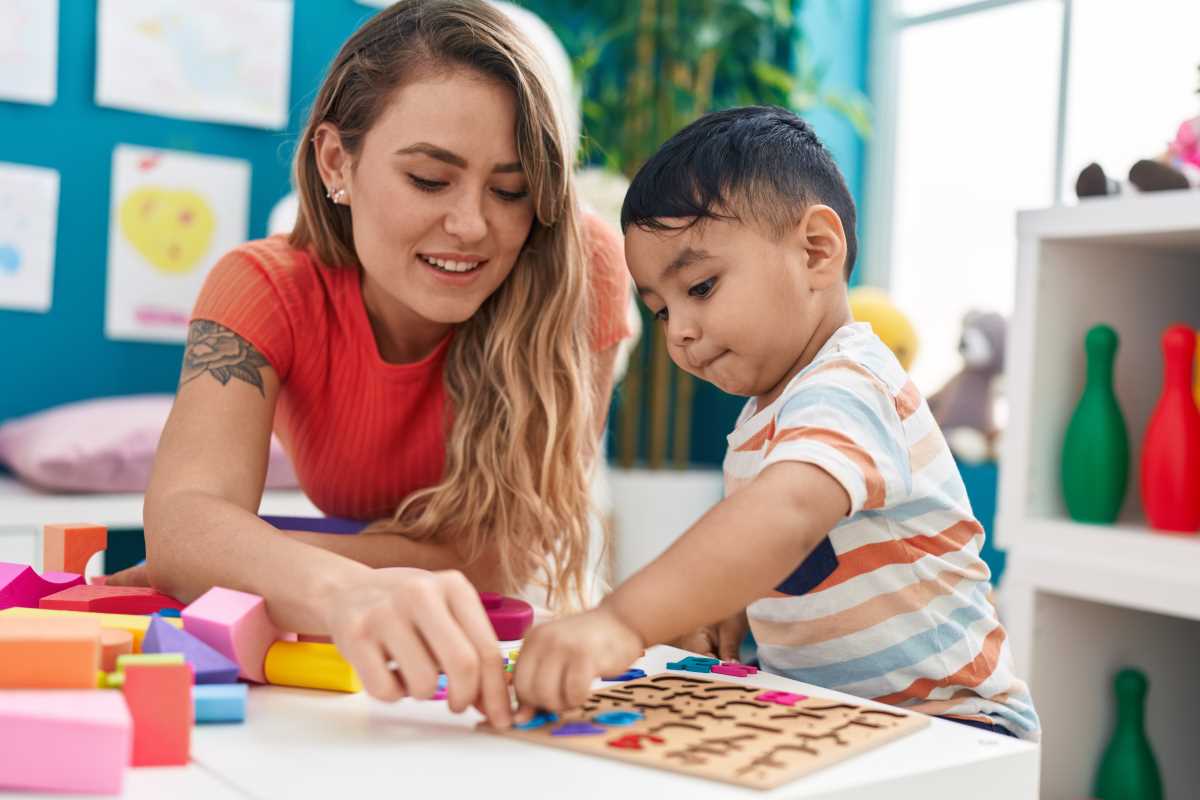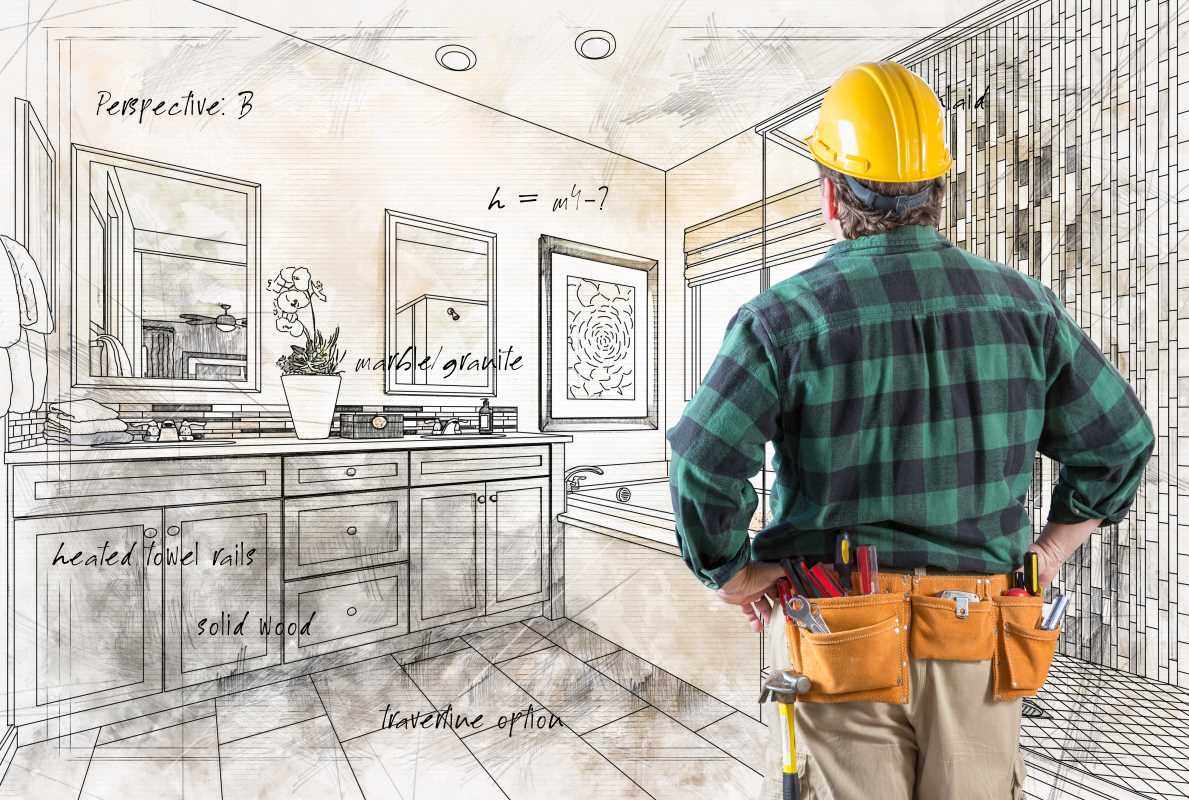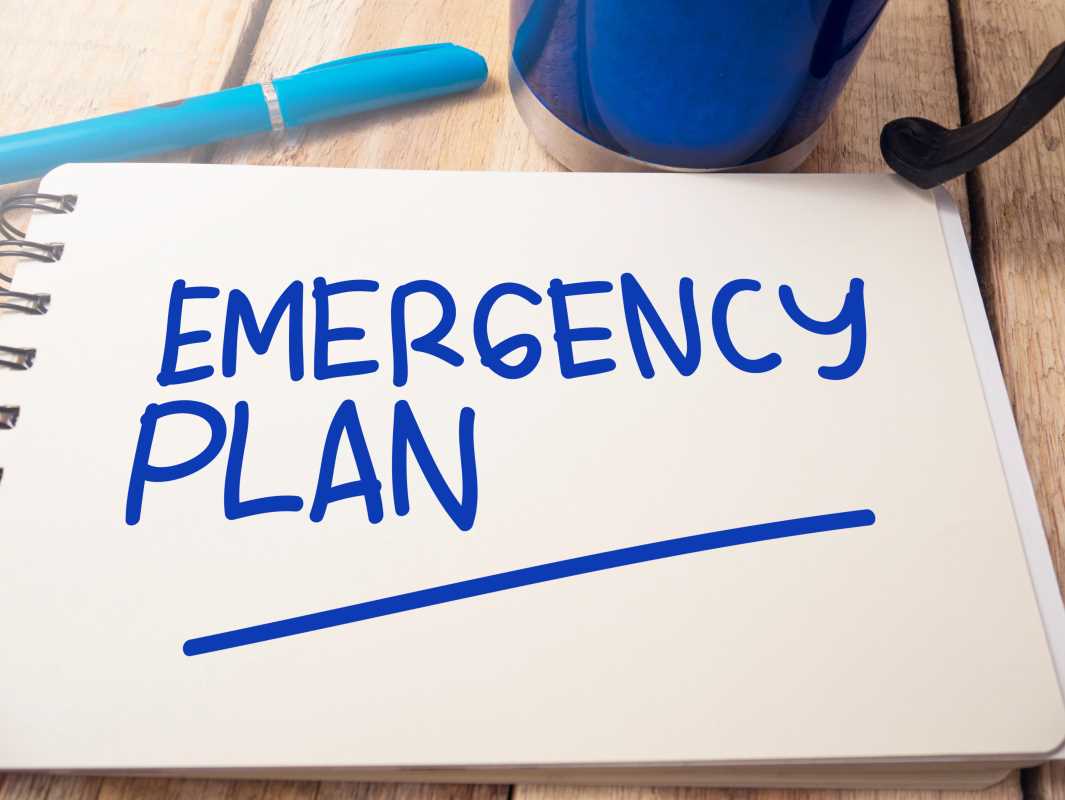Managing medication schedules for one person can be tricky, but it becomes even more complex when balancing the needs of a large family. Between differing dosages, times, and special instructions, it’s easy to feel overwhelmed. However, staying organized is crucial to ensure that everyone takes the right medication at the right time. Poor management can lead to missed doses or overuse, which could pose serious health risks.
The good news? With a little planning and the right tools, keeping track of medications for a large family can be both manageable and stress-free. This guide will teach you how to establish a system to stay on top of medications while maintaining accuracy, safety, and peace of mind.
Start With a Family Medication Inventory
The first step to staying organized is compiling a comprehensive record of all the medications your family members take.
What to Include in the Inventory:
- Names of medications: Include both the brand and generic names.
- Dosage instructions: Note the exact dosage amounts and how often they need to be taken.
- Purpose: List the condition or reason for each medication (e.g., allergies, high blood pressure).
- Timing: Specify whether medications need to be taken in the morning, afternoon, or before bed.
- Special instructions: Include any guidance, such as “take with food” or “store in a cool, dry place.”
- Prescribing doctor: Keep track of the doctor responsible for prescribing each medication.
Use a spreadsheet or simple notebook to keep this inventory organized. Update it regularly to reflect any changes in prescriptions or new medications.
Use a Pill Organizer for Each Family Member
Pill organizers, or pillboxes, are one of the simplest ways to manage medications for multiple people. These boxes are divided into compartments for days of the week and, in some cases, times of day.
Benefits of Pill Organizers:
- Help reduce the risk of missed or double doses.
- Keep medications neatly arranged for each family member.
- Serve as visual reminders when doses are due.
Choose a pill organizer that fits each person’s needs. For complex regimens, opt for one with multiple daily sections (e.g., morning, afternoon, evening, and bedtime). Consider using color-coded organizers for individual family members to avoid confusion.
Create a Medication Schedule or Chart
For families with multiple medications to track, creating a physical or digital schedule ensures everyone stays on the same page.
How to Build a Medication Chart:
- List all medications: Create a grid listing the names of medications and the times they need to be taken each day.
- Allocate a column per family member: Use personalized columns to organize their specific medications and times.
- Include notes: Add reminders like “needs refrigeration” or “give before meals” under each entry.
- Use colors or labels: Highlight each person’s section with different colors to make the chart visually clear.
Hang the chart in a centralized spot, such as the kitchen or a family command center, where everyone can see it. Alternatively, use shared digital tools, like family calendar apps, to keep schedules accessible on smartphones or tablets.
Set Alarms or Reminders
When multiple medications need to be taken at different times during the day, setting alarms is an effective way to prevent missed doses.
Options for Reminder Systems:
- Phone alarms: Set individual alarms on your phone with labels for each dose (e.g., “Katie’s allergy meds at 8 AM”).
- Medication tracker apps: Apps like Medisafe or Pill Reminder allow you to track multiple users, send reminders, and log when medications are taken.
- Smart home devices: Virtual assistants like Alexa or Google Assistant can be programmed to announce medication reminders aloud.
By relying on these reminders, you won’t need to rely solely on memory to stay on schedule.
Designate a Medication Manager
When managing multiple family members’ medication schedules, the risk of confusion can increase. Having one person serve as the household “medication manager” ensures smooth coordination and oversight.
Responsibilities of the Medication Manager:
- Refill prescriptions when supplies run low.
- Update the family’s medication inventory and chart as needed.
- Double-check that all medications are properly labeled and stored.
- Monitor adherence and make sure medications are taken correctly.
If your family is too large for one person to handle this role alone, consider splitting responsibilities. For example, one parent might track prescription refills while the other manages daily pill distribution.
Organize a Safe Storage System
Proper storage reduces the risk of errors, accidental ingestion, or loss of medication.
Tips for Organizing Medications at Home:
- Use a locked box: If you have young children or teens, keep medications in a locked storage box to prevent accidental misuse.
- Separate medications by person: Use labeled bins, baskets, or drawers to keep each family member’s medications in one place.
- Avoid the bathroom cabinet: The humidity in bathrooms can degrade medications. Store them in a cool, dry spot like a kitchen cabinet instead.
- Keep emergency meds accessible: Items like inhalers, EpiPens, or insulin should always be easy to reach and not locked away in case of emergencies.
Having an established storage process prevents mix-ups and keeps your home safe.
Plan for Prescription Refills Ahead of Time
Running out of critical medication can disrupt schedules and even jeopardize health. To avoid this, make prescription refills part of your medication routine.
How to Stay Ahead on Refills:
- Set a reminder to refill prescriptions when you have about 7–10 days of medication left.
- Opt for a 90-day supply, if possible, to reduce the frequency of refill trips.
- Use pharmacy services like automatic refills or home delivery to streamline the process.
Keeping track of refills is especially critical for time-sensitive medications like those for heart conditions, diabetes, or mental health.
Communicate With Your Family and Healthcare Providers
Good communication is essential when it comes to managing medication schedules for a large family. Open dialogue ensures everyone understands what’s needed and why.
Tips for Communication:
- Talk to kids: Explain in simple terms why their medication is important and how it helps them. This encourages cooperation and builds health awareness.
- Work with your pharmacist: Regularly check in with your pharmacist to ensure there are no interactions between family members’ medications.
- Coordinate with doctors: Notify all relevant healthcare providers about your family’s complete medication list. This helps avoid prescribing additional meds that might interact.
- Encourage accountability: For older children and teens, teach them how to track their medications and take ownership of their schedules.
When everyone works together, sticking to routines becomes easier and less stressful.
Prepare for Travel or Emergencies
When your family is on the go, keeping medication schedules intact can be a challenge. Prepare in advance to ensure smooth transitions during trips or emergencies.
Travel and Emergency Tips:
- Pack a portable organizer: Transfer medications into a travel-sized pill organizer for convenience.
- Keep copies of prescriptions: Carry a list of all medications and doctor information in case you need a refill while away.
- Bring extra doses: Always pack a few additional days’ worth of medications, just in case of delays or emergencies.
- Invest in a cooler for sensitive meds: If some medications require refrigeration, bring a portable cooler or thermos to keep them at the right temperature during travel.
Being prepared keeps your routines stable no matter where you are.
 (Image via
(Image via





